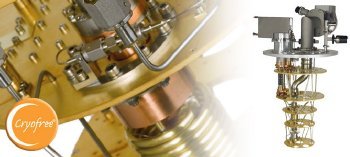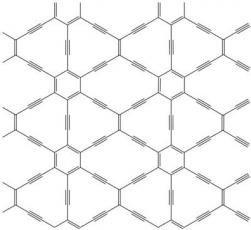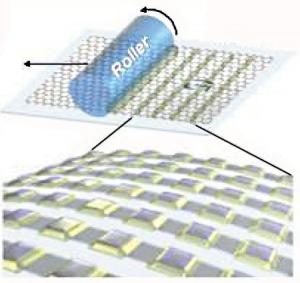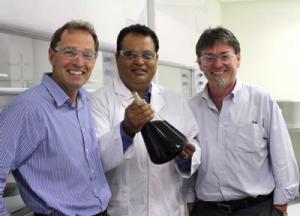The ICN buys graphene research equipment from Oxford Instruments
The Quantum Nanoelectronics Group from the Catalan Institute of Nanotechnology (ICN) ordered Graphene research tools from Oxford Instruments - which will provide a Triton Cryogen-free dilution refrigerator integrated with a 8 Tesla superconducting magnet. These tools will be used to study the Quantum Hall Effect in these nanostructures.

Oxford Instruments will deliver the equipment next month, and will also maintain and service it for 5 years.





